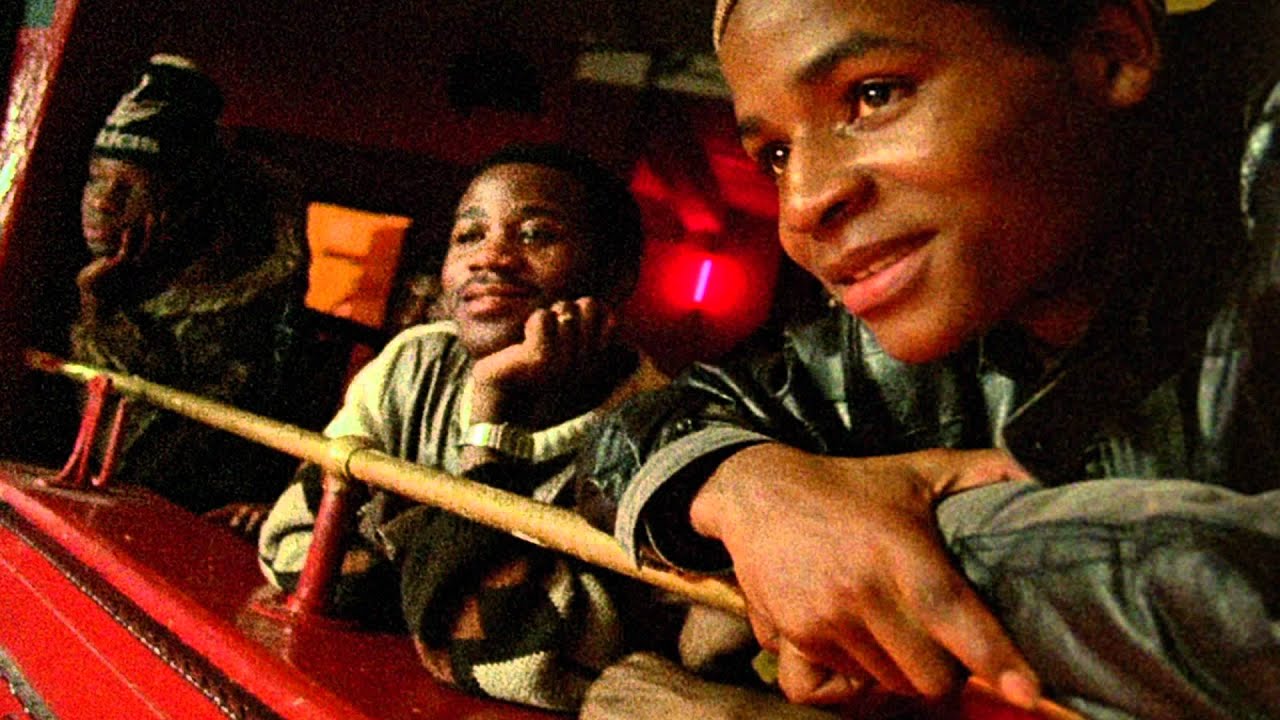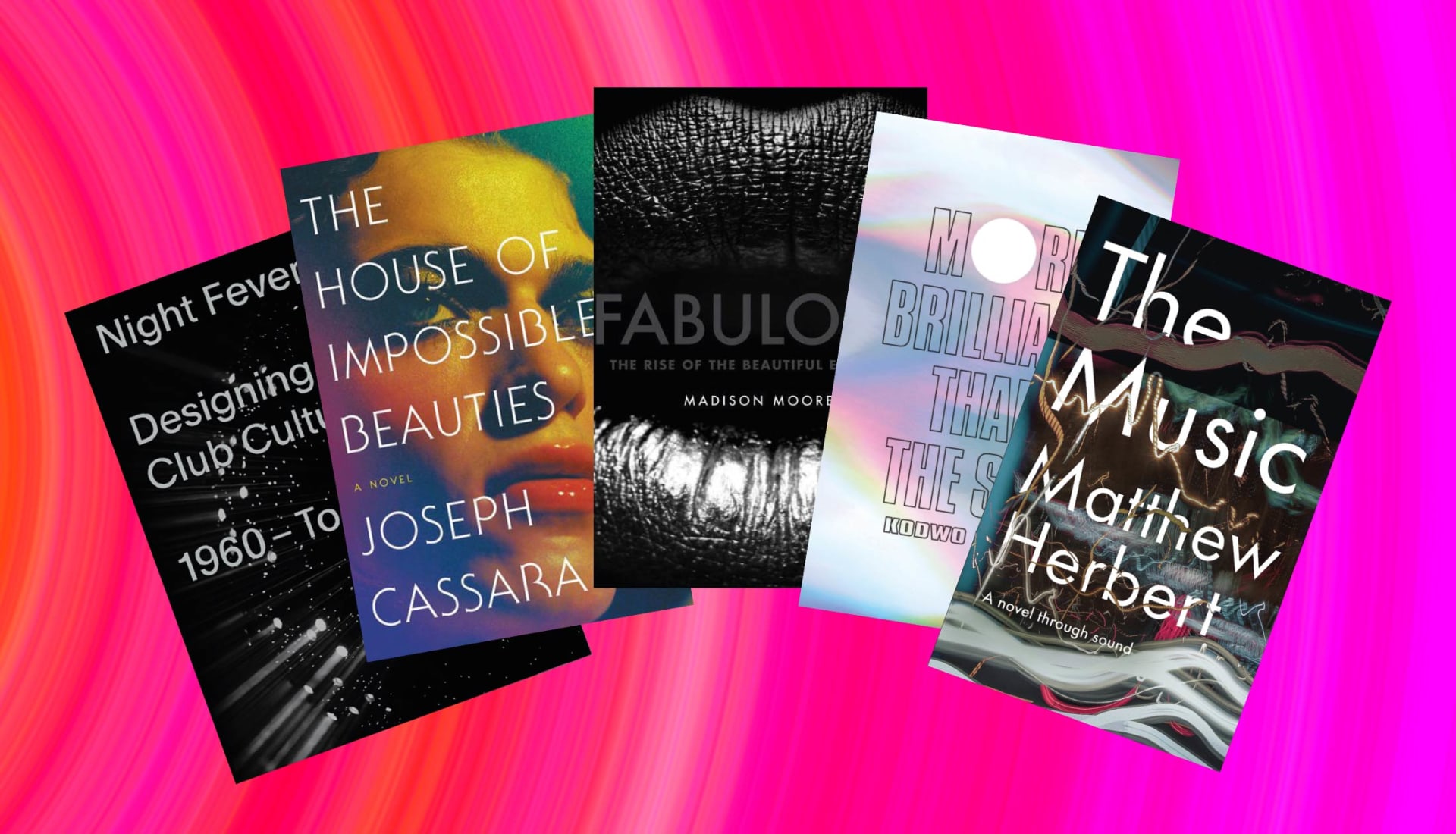
5 New Books About Dance Music And Club Culture That You Should Read This Year
Earlier this year, we partnered with the Do School to explore new possibilities for Telekom Electronic Beats. In the process, we met Noah Fields, a talented young trans* writer from Chicago. We tapped them to provide us with a list full of cutting-edge dance music reading material.
“Books aren’t conventional dates for a night out, but believe me when I say that these books have got something for your mind, body and soul. From escapist fiction to stimulating back histories of the sounds you love, these books are sure to appeal to club kids everywhere. The library is open, darlings…”
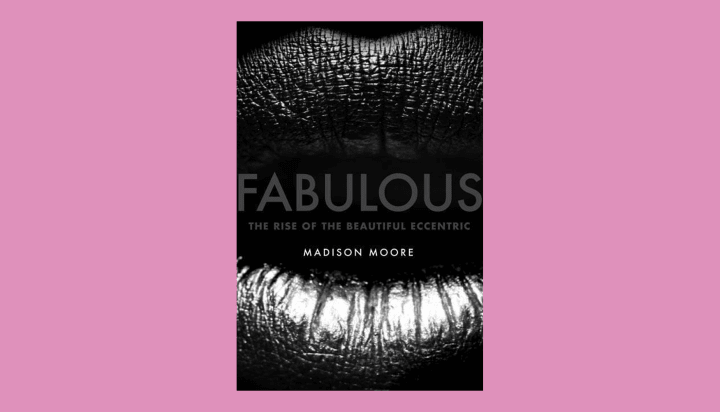
Fabulous: The Rise of the Beautiful Eccentric by Madison Moore (2018)
It’s safe to say Dr. Madison Moore is the coolest professor you’ll ever meet. They made waves for a course they taught at Yale on Dance Music and Nightlife Culture in New York City, and when they’re not lecturing, you’re likely to find them behind the decks.
Their book is a vital and vibrant record of fabulousness—not just the glamour of the rich and famous, but the inventive street fashion, club worlds, balls and art of underprivileged queer people and people of color. According to Moore, being fabulous is more than pulling a look; it’s a politically arresting mode of visual self-expression for marginalized people.
Moore’s book brings theory to life, creating a unique mix of personal memoirs, interviews, photographs—don’t miss the color plates—and history to give readers multiple points of entry. Like any good club door, Moore’s book serves as “a portal, a door or teleportation to another universe that we slip through to access other sides of ourselves and other heightened states of being.” Highlights include a touching personal essay on Prince’s gender nonconformity and a joyous conversation with DJ Shaun J. Wright about Berghain and “four-dimensional” music.
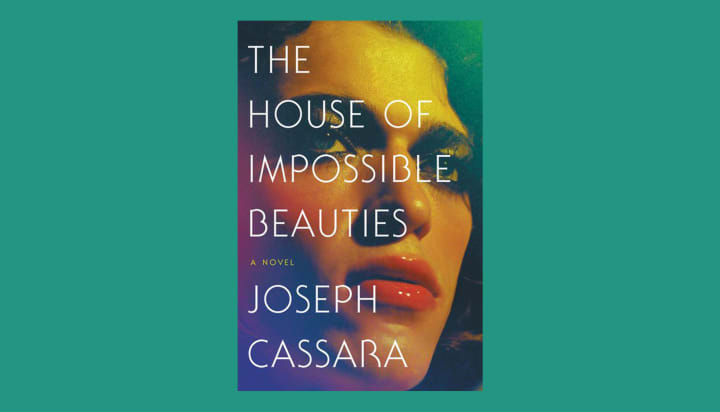
The House of Impossible Beauties by Joseph Cassara (2018)
Inspired by the classic documentary on ballroom culture, ‘Paris Is Burning’, Joseph Cassara’s debut novel has a lot of flair and even more heart. His fictionalized portraits of members of the New York drag collective House of Xtravaganza in the ’80s and ’90s casts a wider net beyond the ball to flesh out their everyday pains, dreams and disappointments.
Cassara’s pitch-perfect dialogue captures the joys of code-switching and the Puerto Rican-inflected “Nuyorican” dialect of New York, laying signature tropes of camp and telenovela melodrama side-by-side. He will make you laugh until your sides hurts then hit your heart hard. No sugar-coating: this book gets tragic fast in the shadow of the AIDS crisis. But, unfortunately, that’s the gritty reality of life on the edge of death for many trans people of color, back then and now still.
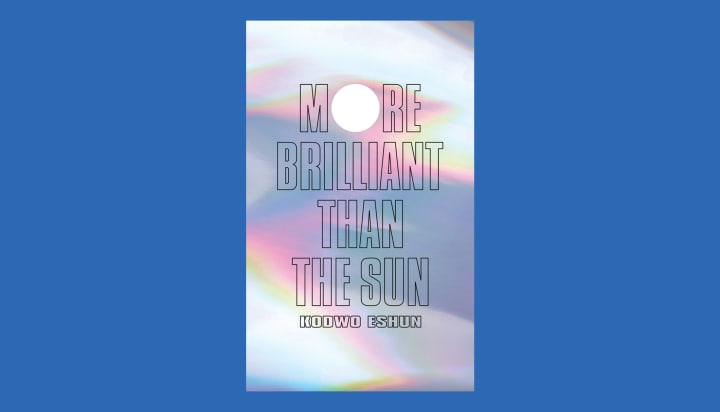
More Brilliant than the Sun: Adventures in Sonic Fiction by Eshun Kodwo (1999)
Verso’s special 20th anniversary edition is a great opportunity to revisit Eshun Kodwo’s classic book on Afrofuturist electronic music. Kodwo’s luminous writing is as startling as it was when it was originally released: electrifying in its sputtering, syncopated rhythms. Blurring music criticism, sci-fi fabulation and postmodern cyborg philosophy, Kodwo chases the future through sound. Theory does not come to rescue music; instead, philosophy emerges through skratchadelic “turntable consciousness.”
Kodwo has an unparalleled gift for describing sound. His kinetic transcriptions capture the joys of posthuman technorhythms in leaping alliterative and homophonic wordplay, angular and spasmic sentence fragments, and colorful neologisms. Kodwo’s reverse sound engineered sentences create an alien phonic experience on the page, hyperembodied and multisensorial.
Sometimes the going gets dense, even cryptic, especially when Kodwo burrows into heavyweight thinkers like Deleuze and Harraway, but the payoff is worthwhile: readers will walk away with an expanded capacity to listen.

Night Fever: Designing Club Culture from 1960-Today edited by Mateo Kries, Jochen Eisenbrand, Catharine Rossi, and Katarina Serulus (2018)
This gorgeous coffee table book supplements an exhibit at Vitra Design Museum in Weil am Rhein, Germany, which is up until September 9. It frames nightlife spaces as creative hubs for escape, experimentation and participation, highlighting key moments over the last half-century.
The institutional affirmation of this exhibit and book affords long overdue respect to nightlife as an artform. The designs featured in the book—through archival photos, club flyers and floor plans—unleash lighting, sound, sets and architectural design for maximum sensorial pleasure, creating an ecstatic feast for the eyes.
Scholarly histories and behind-the-scenes interviews with major club owners and designers further enrich the book’s visual archive. These help to contextualize the social impact of nightlife on counterculture. A standout essay by Jörg Heiser charts the cross-pollination between nightlife and contemporary art, drawing attention to clubs as haven spaces for experimentation and risk-taking where “certain marginalised forms of artistic and social expression—queer culture, for example—can be lived out, displayed and experienced.” Heiser epitomizes the book’s larger project, painting a picture of the nightclub as “a medium and venue of art.”
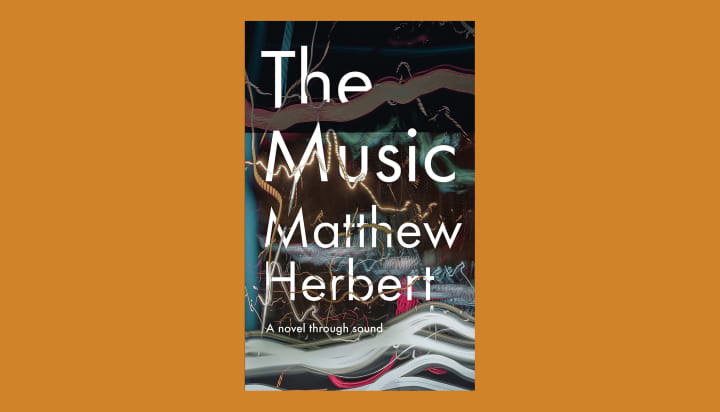
The Music: A Novel Through Sound by Matthew Herbert (2018)
As a DJ, Matthew Herbert keeps you moving on the dance floor, and now he’ll move you with his words. With the support of crowdfunded publisher Unbound, he’s penned a novel—though it may be better described as an imaginary concept album—with sound as the protagonist.
Mixing is an art of juxtaposition. So it’s no surprise that Herbert is at his best when he “beat matches” details from all over the world to convey our interconnectedness: “A single step onto an iced river. A single step into a tent in a refugee camp. A single step on grass at some important football match in Dortmund. A single step onto the tail of a cat. A single first step by a toddler in Syria. A step towards a lover.” A laudable step towards a less divisive globe.
The Music is a slow-burner of a book, and sometimes I found my patience tested by Herbert’s saturated and occasionally overly-precious prose. Herbert’s imagery is compelling in snatches, but I was overwhelmed by its dense lyricism whenever I tried to read more than a few pages at a time. I was relieved by moments of variation in formatting, such as the visually stunning prelude and my favorite chapter, “Largo.” At the centerpiece of the book, “Largo” suspends everything in a gossamer of silence with its chiastic breaths in and out. It is staggering to watch a DJ find so many radiant shades of silence.
Published November 14, 2018.

